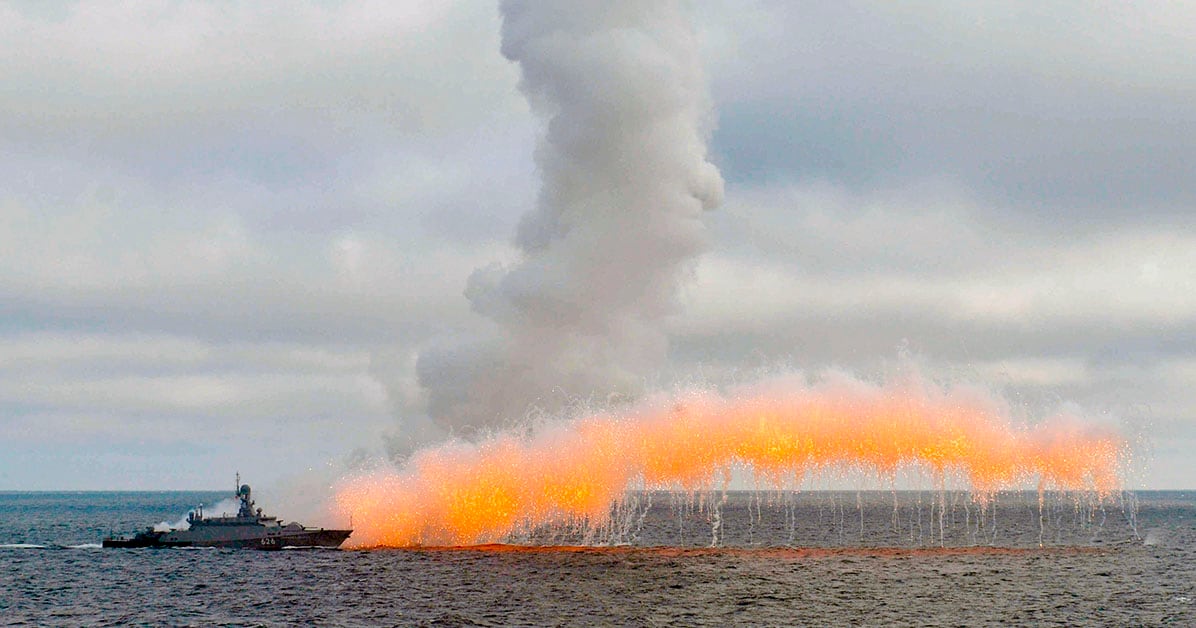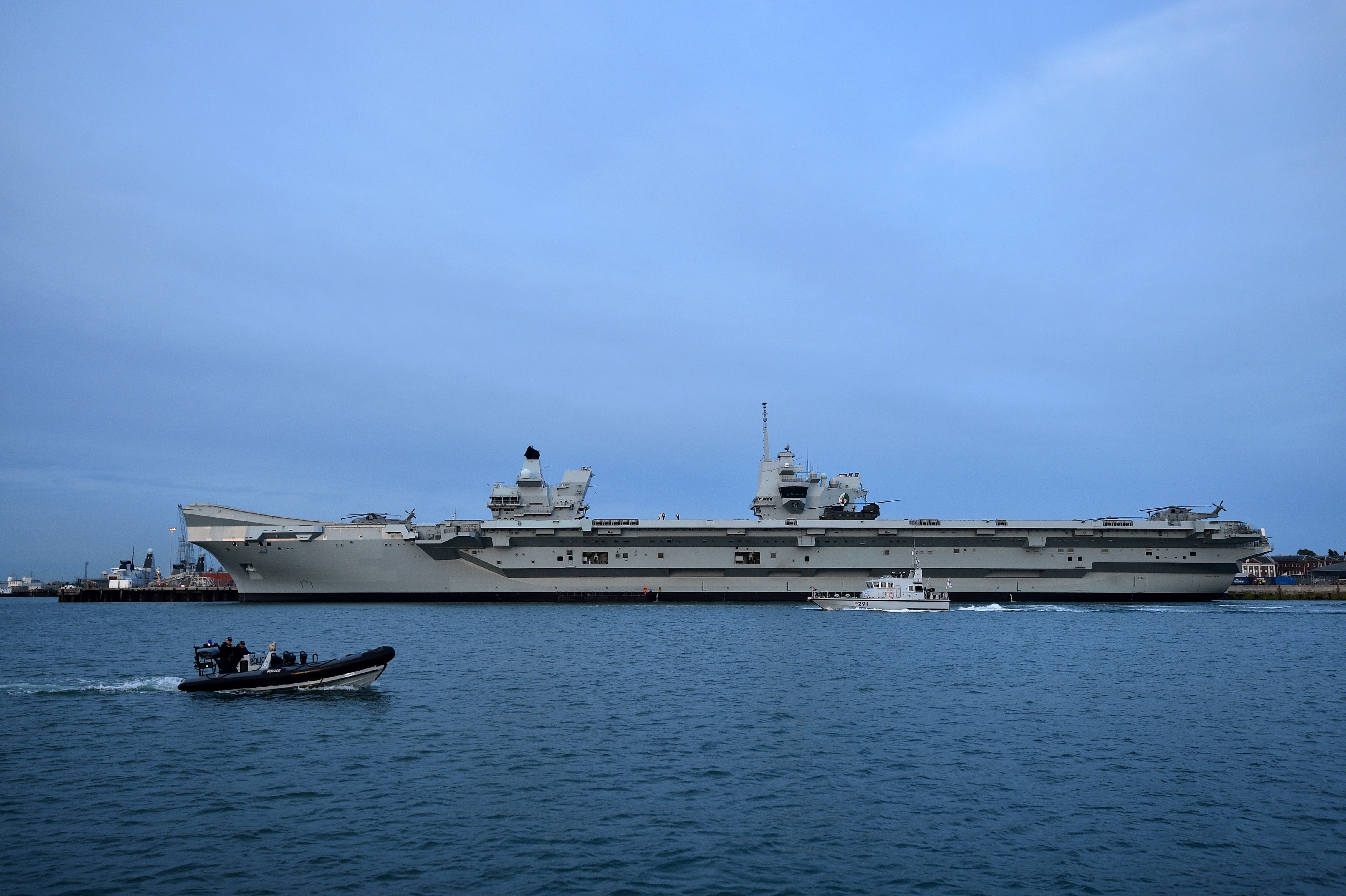LONDON – Britain is poised to cut an order for Boeing E-7 Wedgetails, with the airborne early warning and control aircraft possibly becoming the first confirmed victim of the government’s upcoming integrated defense review.
Negotiations between Boeing and the Ministry of Defence have been underway since mid-summer over a possible reduction in Wedgetail numbers from five to three, or possibly four, aircraft as part of a wider cost-cutting exercise.
Newspapers here have recently been full of leaks about possible capability cuts and delays to equipment like armored vehicles, artillery, surface warships and support ships and fighter aircraft.
All of the leaks have been brushed off by the MoD as speculation, even though some of the leaks were likely inspired by the MoD itself to test the waters of political and public acceptability.
This time, though, the response from the MoD was different. Replying to a tweet in The Times Sept. 22 an MoD spokesperson pretty much confirmed the cuts were under consideration.
“We regularly discuss equipment programs with our partners, particularly when it comes to making savings and cutting costs, where appropriate,” they said.
A Boeing spokesperson in London said the company “doesn’t comment on commercial matters.”
RELATED

Defense consultant Howard Wheeldon of Wheeldon Strategic Advisory said leaving the RAF with just three Wedgetails would leave the UK seriously short of aerial command-and-control and situational awareness capability.
“Personally, I regard this as little short of insanity. … To guarantee 27/7 capability requires that the UK has a minimum of five airframes. Potentially reducing the number to three would have very serious consequences and if this really has already been decided it needs to be reconsidered very quickly. Assured 24/7 AWACS capability is not just an option – it is an absolute necessity,” said Wheeldon.
A potential reduction in Wedgetail numbers is not the only ISTAR capability cut in the cards.
The RAF remains on track to take out of service next year its Raytheon-supplied Sentinel battlefield surveillance aircraft.
In early 2019 the MoD controversially signed a deal worth £1.5 billion – without a competition – to supply five of the Wedgetail airborne early warning aircraft to the RAF with deliveries starting in 2023 and the final platform being handed over in 2025.
The aircraft will replace the RAFs increasingly ancient Sentry E-3D’s, whose capability has been limited by under-investment going back years.
The deal with Boeing was meant to restore high-quality airborne early warning to the RAF by the mid 2020s.
Last year the company signed a deal with STS Aviation to modify the 737NG commercial aircraft used for Wedgetail to an AEW configuration at a hangar on Birmingham airport in England.
Early work on stripping out two second-hand airliners has already got underway in the US ahead of the aircraft being transferred to the UK where the modification effort will create jobs.
Wedgetail is not operated by the US military but has secured Australia, Turkey and South Korea as export customers. Much of the equipment for the RAF aircraft are due to be supplied by Australian industry.
The move to reduce Wedgetail numbers comes as the government moves closer to taking the wraps off what it has promised to be a “fundamental” review of British defense, security, foreign policy and overseas development.
Led by the Prime Minister Boris Johnson and his chief advisor Dominic Cummings, the review is looking at pivoting defense away from conventional sunset capabilities to more sunrise technologies in areas like space, artificial intelligence, cyber and undersea warfare.
The trouble is Britain’s Brexit- and Covid-19-battered economy is unlikely to find much, if anything, in the way of additional resources for an MoD which already has significant funding issues.
To make room for costly future technology programs the armed services are going to have to make sacrifices elsewhere.
RELATED

The procurement process is likely to be in Cummings cross hairs along with conventional capabilities like main battle tanks and army personnel numbers. When the review is published, possibly around mid-November, it’s likely to be a bloody affair.
One industry executive here, who asked not to be named, said he thought the outcome was likely to be worse than the 2010 strategic defense and security review, which stripped out capabilities like aircraft carriers, fast jets, maritime patrol aircraft and personnel.
Wheeldon said by now nobody should imagine the integrated defense review is about building Britain’s defense capabilities, but quite the reverse.
“If anyone really is still under the illusion that the underlying intention behind the 2020 ‘Integrated Review’ process – that of forming a soundly based long-term strategic decision making process of where the UK wants to be in the future, why and what defense and security capability will be required to meet those ambitions – let them now understand that the reality is that what eventually emerges will primarily have been about further cutting of UK defense capability at a time when others, including our adversaries and would-be enemies, are increasing their expenditure in the sector.”
Andrew Chuter is the United Kingdom correspondent for Defense News.








